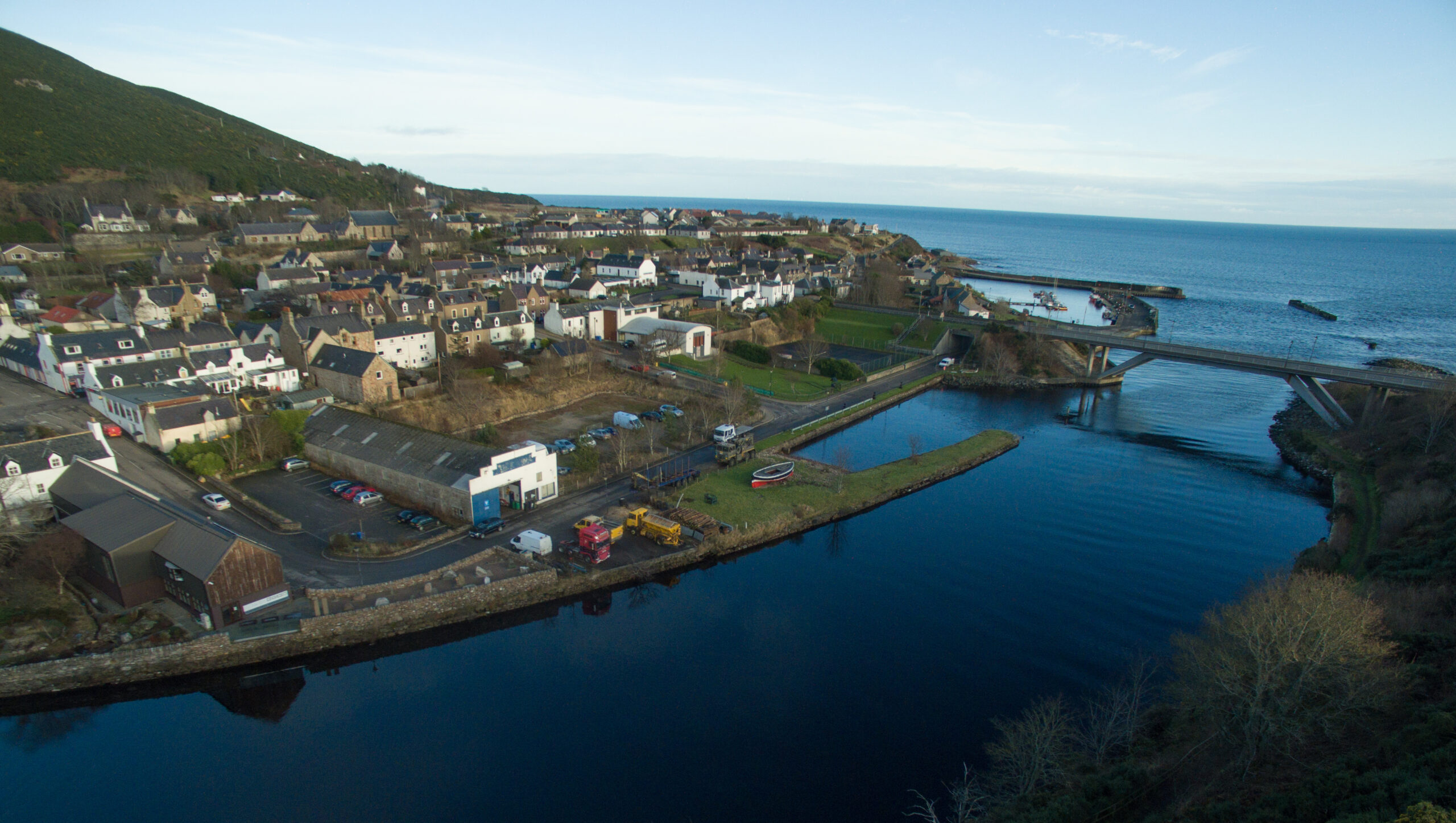Description:
The Highlands is a historical region of Scotland. Culturally, the Highlands and the Lowlands diverged from the Late Middle Ages into the modern period, when Lowland Scots language replaced Scottish Gaelic throughout most of the Lowlands. The term is also used for the area north and west of the Highland Boundary Fault, although the exact boundaries are not clearly defined, particularly to the east. The Great Glen divides the Grampian Mountains to the southeast from the Northwest Highlands. The Scottish Gaelic name of A' Ghàidhealtachd literally means "the place of the Gaels" and traditionally, from a Gaelic-speaking point of view, includes both the Western Isles and the Highlands.
Language:
English,Scottish Gaelic
Geographical Region:
Scottish Highlands and Islands
Cultural Connections:
Making whiskey, lead mining, peat cutting
Environment:
Peat lands, coastal areas with stone and sand, hills, coniferous forests, heather moorlands, and several natural reserves
Industries:
Creative Industries, Energy, Food and drink, Life Sciences, Space, and Toursim
Climate & Environmental Threats:
Invasive species,Coastal erosion,Sea-level rise
Economic Threats:
Insufficient financial resources
Demographic Issues:
Rural-urban migration
Decontextualisation:
Touristification
Cultural Globalisation:
Mass media
Weakened Practice and Transmission:
Aged practitioners,Diminishing participation
Loss of objects or systems:
Loss of ancestral language
1.5 "By 2030, build the resilience of the poor and those in vulnerable situations and reduce their exposure and vulnerability to climate-related extreme events and other economic, social and environmental shocks and disasters "
2.4 "By 2030, ensure sustainable food production systems and implement resilient agricultural practices that increase productivity and production, that help maintain ecosystems, that strengthen capacity for adaptation to climate change, extreme weather, drought, flooding and other disasters and that progressively improve land and soil quality "
3.4 By 2030, reduce by one third premature mortality from non-communicable diseases through prevention and treatment and promote mental health and well-being
4.7 By 2030, ensure that all learners acquire the knowledge and skills needed to promote sustainable development, including, among others, through education for sustainable development and sustainable lifestyles, human rights, gender equality, promotion of a culture of peace and non-violence, global citizenship and appreciation of cultural diversity and of culture’s contribution to sustainable development
5.b Enhance the use of enabling technology, in particular information and communications technology, to promote the empowerment of women
6.b "Support and strengthen the participation of local communities in improving water and sanitation management "
7.a By 2030, enhance international cooperation to facilitate access to clean energy research and technology, including renewable energy, energy efficiency and advanced and cleaner fossil-fuel technology, and promote investment in energy infrastructure and clean energy technology
8.9 By 2030, devise and implement policies to promote sustainable tourism that creates jobs and promotes local culture and products
10.2 "By 2030, empower and promote the social, economic and political inclusion of all, irrespective of age, sex, disability, race, ethnicity, origin, religion or economic or other status "
11.4 "Strengthen efforts to protect and safeguard the world’s cultural and natural heritage "
12.8 By 2030, ensure that people everywhere have the relevant information and awareness for sustainable development and lifestyles in harmony with nature
13.3 Improve education, awareness-raising and human and institutional capacity on climate change mitigation, adaptation, impact reduction and early warning
14.7 By 2030, increase the economic benefits to Small Island developing States and least developed countries from the sustainable use of marine resources, including through sustainable management of fisheries, aquaculture and tourism
15.5 Take urgent and significant action to reduce the degradation of natural habitats, halt the loss of biodiversity and, by 2020, protect and prevent the extinction of threatened species














